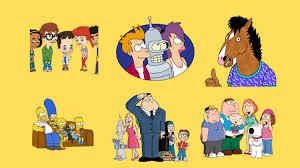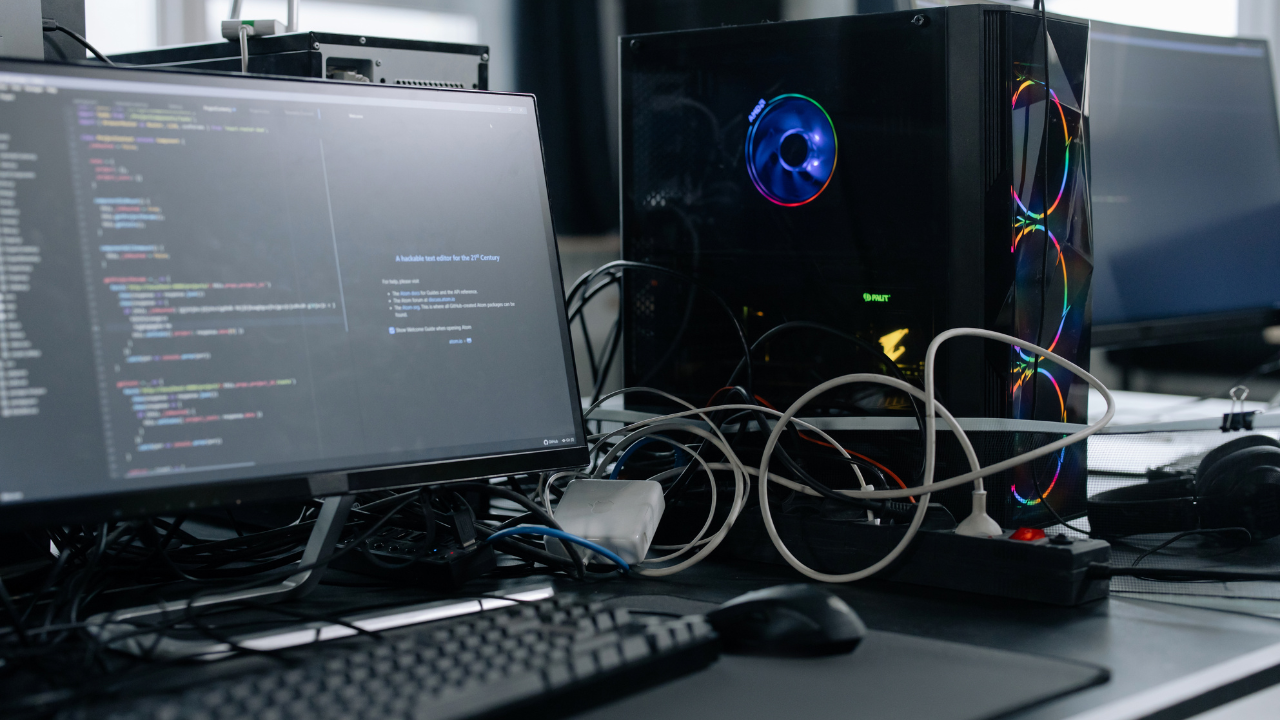If you’ve heard the buzz around quantum computing, you’ve probably come across the term “qubit.” But what exactly is a qubit, and why is it so important?
In this blog, we’ll break down everything you need to know about qubits—what they are, how they work, and how they differ from the regular bits used in classical computers. Whether you're just curious or diving into the world of emerging technologies, this guide will give you a crystal-clear understanding of the brains behind quantum computers.
What is a Qubit?
A qubit (short for quantum bit) is the fundamental unit of information in quantum computing, just like a bit is the basic unit in classical computing.
In a classical computer, a bit can only hold a value of either 0 or 1. Everything from texts and images to games and apps is ultimately made up of long strings of these binary digits.
But qubits are different—and far more powerful—because they take advantage of quantum mechanics, the physics of the very small.

How Qubits are Different from Classical Bits
The magic of qubits comes from two key quantum principles:
1. Superposition
While a classical bit must be in either state 0 or 1, a qubit can be in a superposition of both 0 and 1 at the same time.
Think of it like spinning a coin—it’s not just heads or tails while it spins; it's a blend of both. A qubit, in a similar way, holds multiple possibilities at once until it’s measured.
This means that quantum computers can explore many potential solutions simultaneously—something classical computers can’t do.
2. Entanglement
Entanglement is a special quantum link between two or more qubits.
When qubits are entangled, the state of one instantly affects the state of another—even if they’re separated by large distances. This enables powerful coordination and processing between qubits.
Together, superposition and entanglement give quantum computers their massive potential in solving complex problems far faster than classical computers.
How Do Qubits Work?
Let’s dig a little deeper into how qubits in quantum computers actually work.
1. Representing Qubit States
A qubit isn’t just flipping between 0 and 1—it’s described by a wavefunction, which contains probabilities for both outcomes.
Mathematically, a qubit’s state is represented like this:
|ψ⟩ = α|0⟩ + β|1⟩
Here, α and β are complex numbers that describe the probability amplitudes of the qubit being in state 0 or 1. The squared magnitudes of these numbers (|α|² and |β|²) must add up to 1.
Only when we measure the qubit does it collapse into a definite state—either 0 or 1—with probabilities defined by α and β.
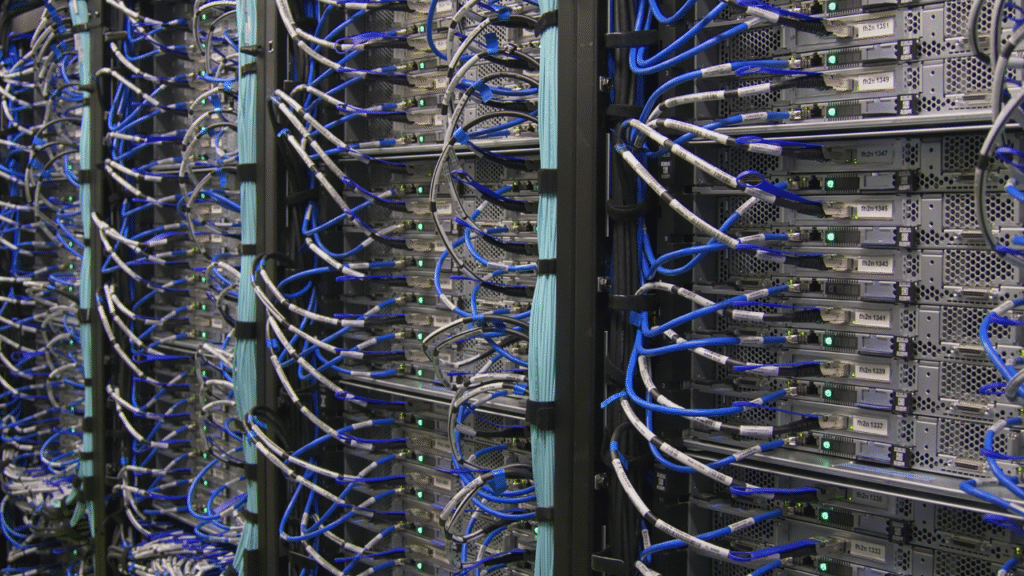
2. How Qubits are Created
Qubits can be built using different physical systems, such as:
- Superconducting circuits (used by Google and IBM)
- Trapped ions (used by IonQ)
- Photons (particles of light)
- Spinning electrons or atomic nuclei
Each type of qubit has its own strengths, such as stability, speed, or scalability. Scientists are still working to find the best designs for building large-scale, error-free quantum computers.
Quantum Gates: How Qubits are Controlled
In classical computing, bits are manipulated using logic gates like AND, OR, and NOT. In quantum computing, we use quantum gates to manipulate qubits.
Quantum gates perform operations that rotate or entangle qubits in specific ways. Some key gates include:
- Hadamard Gate (H): Puts a qubit into a superposition
- Pauli Gates (X, Y, Z): Flip or rotate the state of a qubit
- CNOT Gate (Controlled NOT): Entangles two qubits
- Toffoli Gate: Performs logical AND in a quantum way
By applying a sequence of quantum gates, we build quantum circuits that carry out complex calculations, like factoring large numbers, simulating molecules, or optimizing large datasets.
Why are Qubits so Powerful?
The power of qubits lies in how they scale. Each time you add a new qubit, the number of possible states doubles.
- 1 qubit = 2 states (0 and 1)
- 2 qubits = 4 states
- 3 qubits = 8 states
- 10 qubits = 1,024 states
- 50 qubits = over a quadrillion states!
This exponential growth allows quantum computers to handle massive, parallel computations that classical computers can’t even begin to process.
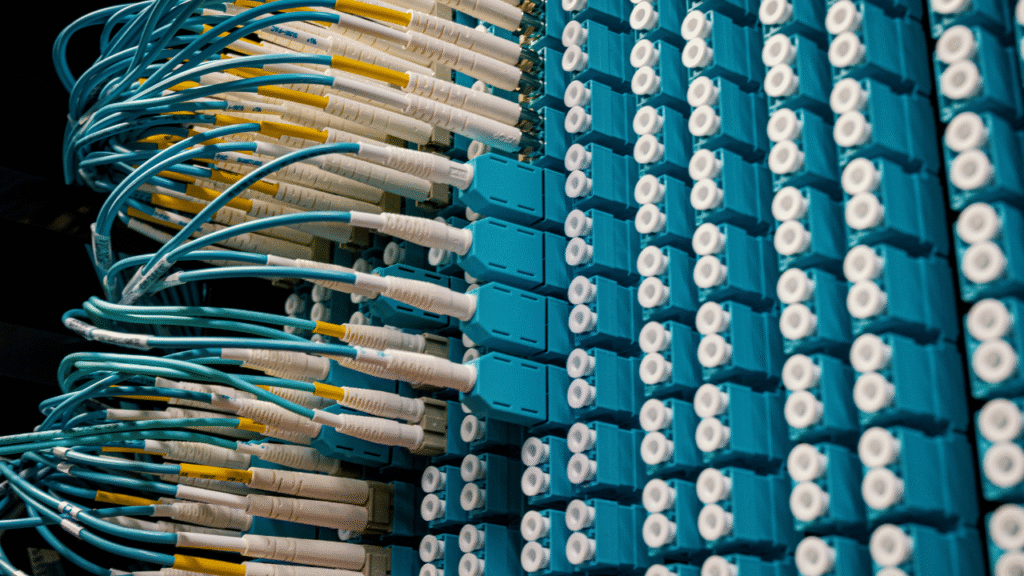
What Can Qubits Help Us Do?
As quantum technology develops, qubits are being used to explore new frontiers in:
1. Drug Discovery and Molecular Modeling
Qubits can simulate molecular interactions at a quantum level—something classical computers struggle with. This could revolutionize medicine by speeding up drug development and personalized treatment plans.
2. Cybersecurity
Quantum computers could one day break classical encryption. But qubits also enable quantum encryption, such as Quantum Key Distribution (QKD), which is virtually unbreakable.
3. Climate and Energy Solutions
Simulating materials and chemical reactions using qubits could lead to more efficient batteries, carbon capture technologies, and cleaner energy systems.
4. Optimization and Logistics
Companies like DHL and Volkswagen are exploring how quantum computing can optimize supply chains, traffic systems, and industrial processes using qubit-based algorithms.
Challenges in Working with Qubits
As promising as qubits are, they come with a few challenges:
- Decoherence: Qubits are fragile. Any interaction with the environment (heat, vibration, noise) can cause them to lose their quantum state.
- Error Rates: Quantum gates can be imprecise. Special techniques like quantum error correction are needed to maintain accuracy.
- Scalability: Building systems with thousands or millions of reliable qubits is still an open challenge.
Researchers are working on fault-tolerant quantum computing, which will allow systems to perform long, accurate computations despite noise and instability.
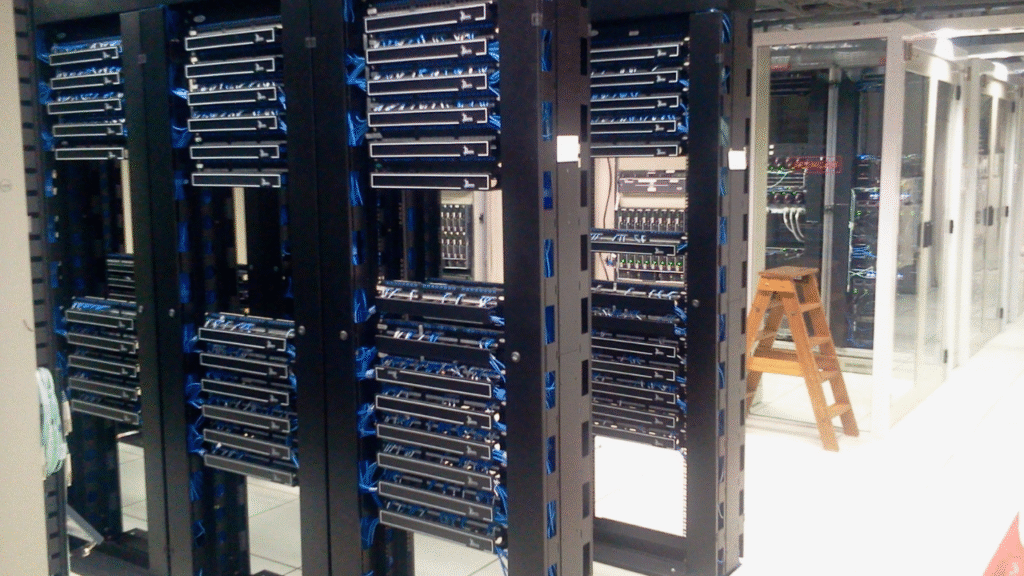
The Future of Qubits
The field of quantum computing is advancing quickly, and qubits are at the center of it all. Tech giants like Google, IBM, Microsoft, and Amazon are investing heavily in quantum development, alongside universities and startups.
While consumer-level quantum computers are still years away, cloud-based quantum computing platforms already let researchers and developers experiment with real qubits today.
As the technology matures, we’ll see qubits integrated into hybrid classical-quantum systems, bringing their power to fields like AI, finance, logistics, and more.
Final Thoughts
Qubits might sound abstract at first, but they’re becoming one of the most important building blocks of future technology. By using the mind-bending principles of quantum mechanics, qubits in quantum computers are unlocking possibilities far beyond what classical computing can achieve.
From faster drug discovery and stronger cybersecurity to smarter logistics and cleaner energy, qubits are quietly shaping the next technological revolution.
So whether you're a curious student, tech enthusiast, or future quantum developer, understanding qubits is your first step into this exciting new world.


